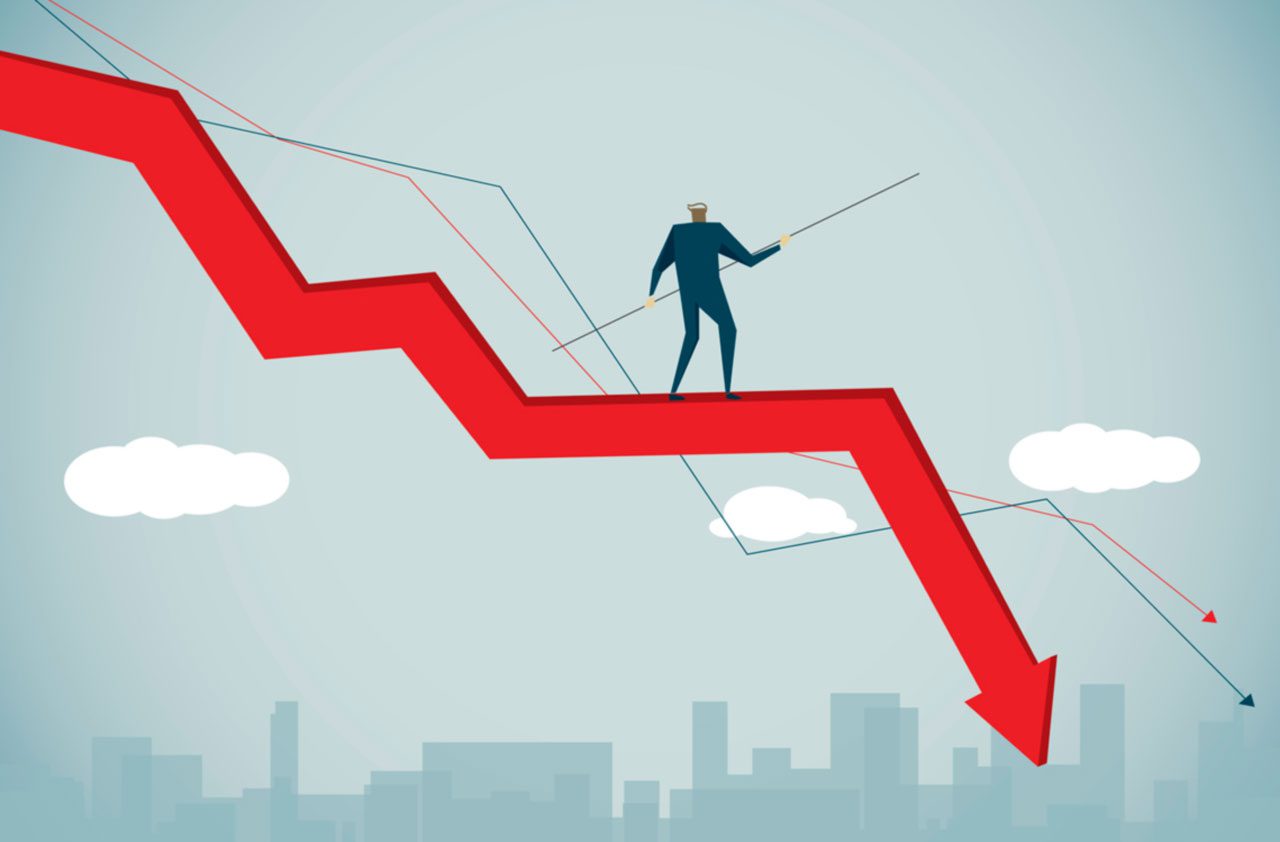Over the last two business days, the stock market has fallen almost 1,800 points. To most, this appears to be a drastic change—especially when we rarely see fluctuation beyond 300 points on any given day. Viewed only through this lens, yesterday’s drop could be unnerving. However, in the context of percentages, I must point out that this decrease is only 4.6%; which is uncomfortable, but not unprecedented.
Consider the 508-point drop that took place on October 19, 1987, better known as Black Monday. While the point drop itself was less than ½ of yesterday’s, it created a 22.6% decline. By comparing these percentages, we can remind ourselves to put the past two weeks into the context of the record high levels we have been experiencing.
Prior to last Friday (February 2nd), the stock market had gone 404 days without a decline of 3% or greater. In fact, despite this recent movement, U.S. equities are still higher than they were six months ago and are back at levels last seen in early December.
If searching for a reason for this recent decline, one can find a variety of proposed answers. We could cite higher bond yields, fears that inflation is brewing which might result in an aggressive Fed, or Monday afternoon’s talk of a mini “Flash Crash.” Instead of wondering whether or not this could turn into something worse, I’d point out two things that argue against that idea.
First, very few corrections turn into full blown bear markets (defined as declines of 20% or more). Second, and more importantly, the economy currently appears to be in a state of “global synchronization,” which simply means that for the first time in a very long while, most of the world’s economies are both healthy and growing—all at the same time. This healthy economic backdrop creates a nice tailwind for earnings and confidence, two important considerations for equity investors. With global economies improving and liquidity and cash still readily available—barring any surprises—a meltdown currently seems like a lower possibility.
I will close with a quote from Ron Chernow, the Pulitzer Prize winning writer, journalist, historian, and biographer, who once said, “Stock market corrections, although painful at the time, are actually a very healthy part of the whole mechanism, because there are always speculative excesses that develop, particularly during the long bull market.” Today, stocks are widely acknowledged to be in the second longest bull market on record. Despite above average valuations in many financial markets, we remain cautious and markets appear reasonably valued relative to each other.
As you read the news and hear more about these seemingly drastic changes, remember to keep everything in perspective. And, as always, if you have any questions or concerns, please feel free to reach out to your Advisor Team.
– Bill Hornbarger, Chief Investment Officer



